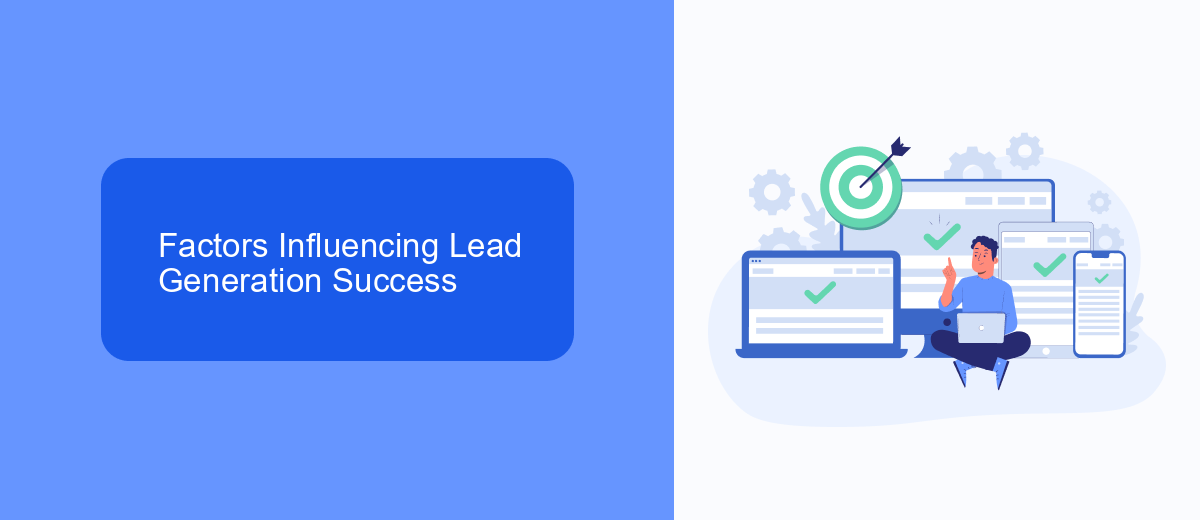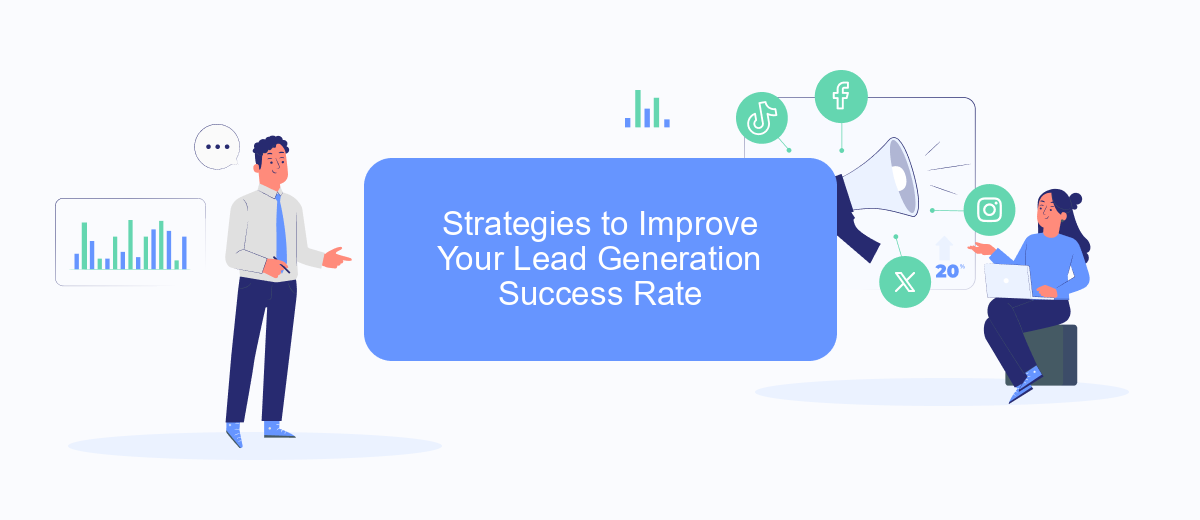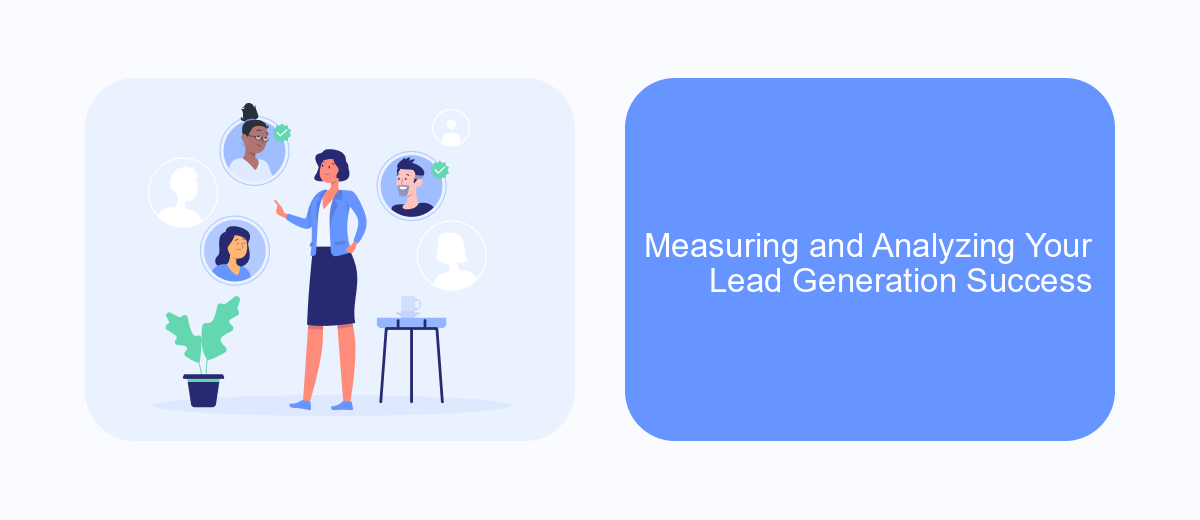In today's competitive business landscape, mastering lead generation is crucial for driving growth and ensuring success. Understanding the factors that influence lead generation success rates can provide valuable insights for businesses looking to optimize their strategies. This article delves into the key elements that contribute to effective lead generation, offering practical tips and techniques to enhance your approach and boost your conversion rates.
Understanding Lead Generation and Success Rate
Lead generation is a crucial process in marketing that focuses on attracting and converting potential customers into leads, who have shown interest in a company's products or services. This process involves identifying prospects and nurturing them through various channels to build a relationship and eventually guide them towards making a purchase. The effectiveness of lead generation efforts is often measured by the success rate, which indicates the percentage of leads that convert into paying customers.
- Identifying target audience: Understanding the needs and preferences of potential customers.
- Creating engaging content: Developing valuable content that resonates with the audience.
- Utilizing multiple channels: Leveraging social media, email marketing, and other platforms.
- Tracking and analyzing data: Monitoring performance metrics to refine strategies.
- Nurturing leads: Building relationships through personalized communication.
Improving the lead generation success rate requires a strategic approach that combines creativity and data-driven insights. By continuously refining targeting strategies, optimizing content, and leveraging analytics, businesses can enhance their ability to convert leads into customers. Effective lead generation not only boosts sales but also strengthens brand loyalty and fosters long-term customer relationships.
Factors Influencing Lead Generation Success

Lead generation success is significantly influenced by the quality of the target audience. A well-defined audience ensures that marketing efforts are directed towards individuals who are most likely to be interested in the product or service. Understanding the demographics, interests, and behaviors of potential leads allows businesses to tailor their messaging and offers effectively. Additionally, the choice of channels for reaching this audience, such as social media, email campaigns, or webinars, plays a crucial role in capturing attention and driving engagement. Consistent and relevant communication helps in nurturing relationships and converting prospects into leads.
Another critical factor is the integration of tools and technologies that streamline lead management processes. Services like SaveMyLeads can automate the transfer of lead data between platforms, ensuring that no potential lead is lost due to manual errors or delays. By automating these processes, businesses can focus more on strategy and engagement rather than administrative tasks. Moreover, the ability to track and analyze lead interactions provides valuable insights into what strategies are working and where improvements are needed, ultimately enhancing the overall lead generation success rate.
Strategies to Improve Your Lead Generation Success Rate

Improving your lead generation success rate requires a strategic approach that combines creativity, data analysis, and consistent engagement. By focusing on understanding your target audience and refining your processes, you can significantly enhance your outcomes. Here are some effective strategies to consider:
- Optimize Your Landing Pages: Ensure your landing pages are user-friendly, with clear calls-to-action and relevant content that addresses the needs of your potential leads.
- Leverage Social Media: Use social media platforms to engage with your audience, share valuable content, and create targeted advertising campaigns that reach the right people.
- Implement A/B Testing: Regularly test different elements of your lead generation campaigns, such as headlines, images, and offers, to determine what resonates most with your audience.
- Utilize Email Marketing: Develop personalized email campaigns that nurture leads through the sales funnel by providing valuable insights and solutions to their problems.
- Analyze and Adjust: Continuously monitor your lead generation metrics and be prepared to adjust your strategies based on data-driven insights.
By integrating these strategies into your lead generation efforts, you can increase your chances of converting prospects into loyal customers. Remember, successful lead generation is an ongoing process that requires adaptability and a keen understanding of market trends.
Measuring and Analyzing Your Lead Generation Success

To effectively measure and analyze your lead generation success, it's essential to establish clear objectives and key performance indicators (KPIs). Start by defining what a successful lead looks like for your business, considering factors such as conversion rates, lead quality, and customer lifetime value. This will provide a framework for evaluating the effectiveness of your lead generation efforts.
Once your objectives and KPIs are set, utilize a variety of tools and techniques to gather data on your lead generation activities. Analytics platforms, CRM systems, and marketing automation tools can provide valuable insights into how leads are being generated and nurtured throughout the sales funnel. Regularly reviewing this data will help you identify trends, areas for improvement, and opportunities for optimization.
- Track the source of each lead to understand which channels are most effective.
- Analyze conversion rates at each stage of the sales funnel.
- Evaluate the return on investment (ROI) for different lead generation strategies.
- Monitor lead engagement and behavior to refine targeting and messaging.
By consistently measuring and analyzing your lead generation efforts, you can make data-driven decisions that enhance your strategies and improve overall success rates. This iterative process allows you to adapt to changing market conditions and continuously optimize your approach for maximum impact.
- Automate the work with leads from the Facebook advertising account
- Empower with integrations and instant transfer of leads
- Don't spend money on developers or integrators
- Save time by automating routine tasks
Future Trends in Lead Generation
The landscape of lead generation is evolving rapidly, driven by technological advancements and changing consumer behaviors. One of the key trends is the integration of artificial intelligence and machine learning into lead generation processes. These technologies enable businesses to analyze vast amounts of data to identify and target high-quality leads more effectively. As personalization becomes increasingly important, AI-driven platforms can tailor marketing messages to individual preferences, enhancing engagement and conversion rates. Additionally, the use of chatbots and automated communication tools is expected to rise, providing instant responses to potential leads and improving the overall customer experience.
Another significant trend is the growing importance of seamless integration between various marketing tools and CRM systems. Services like SaveMyLeads are becoming essential as they automate the transfer of lead data across platforms, ensuring timely and accurate information flow. This integration allows businesses to streamline their lead management processes, reduce manual errors, and focus more on strategic decision-making. As digital marketing channels continue to diversify, companies will need to adopt flexible and scalable solutions to maintain a competitive edge in lead generation.
FAQ
What is lead generation success rate and why is it important?
How can I improve my lead generation success rate?
What role does automation play in lead generation success?
How do I measure the success rate of my lead generation efforts?
What are common challenges in achieving a high lead generation success rate?
Don't waste another minute manually transferring leads from Facebook to other systems. SaveMyLeads is a simple and effective tool that will allow you to automate this process so that you don't have to spend time on the routine. Try SaveMyLeads features, make sure that this tool will relieve your employees and after 5 minutes of settings your business will start working faster.

